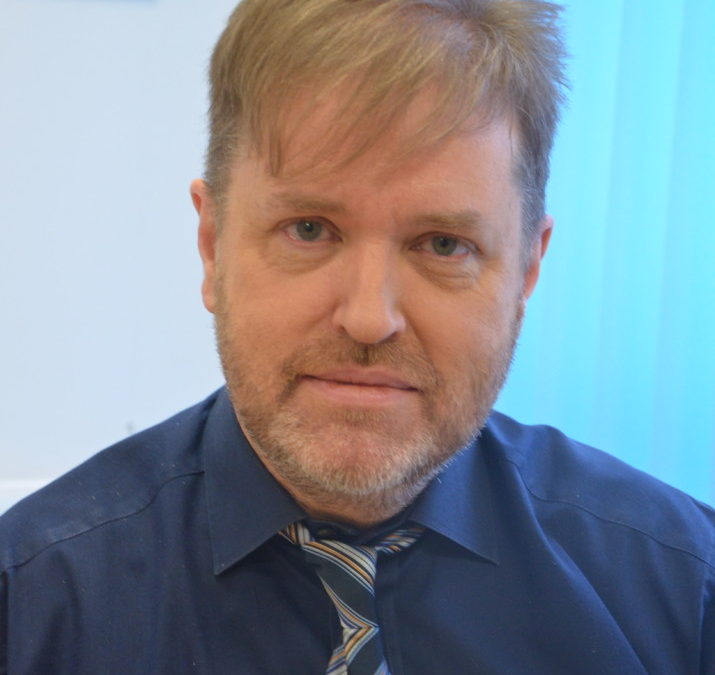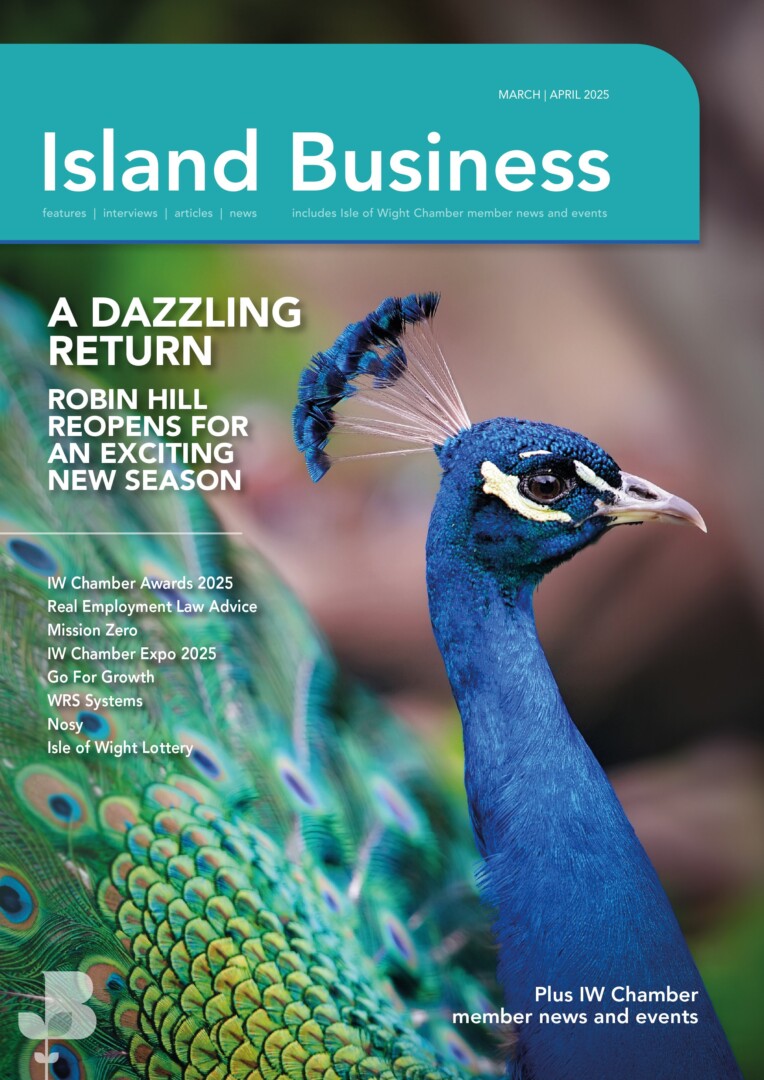Nigel Hartley took up the role of Chief Executive at EMH in April. He’s new to the Island but he’s worked in hospices for 25 years and joins from St Christopher’s in London where he was director of supportive care. He talks to Tom Stroud.
I know you’ve been meeting with lots of Island businesses already – what’s your message to the business community?
I think stability is a very important in terms of leadership. We all know there have been some issues here over the past two or three years in terms of leadership and the number of CEOs. I’m here to stay and I want to meet with businesses and have the opportunity to go and see them, to find out what they do and how we might work in partnership. My first year is very much about creating relationships within the business community and how we might learn from businesses. We want to explore ways of generating income that we haven’t thought about before and the business community could be really influential and very helpful in terms of talking through those ideas.
Is one of your challenges to actually rebuild relationships with the business community?
I think so. I’ve been here a few months but it feels like I’ve been here for 6 years already. One of the key things that keeps coming back to me is about reparation – things that need to be repaired and re-engaged with. I’m here to stay and I want to build up some trust between ourselves with the business community in particular. There is some repairing to be done and I’m keen to do it. As I go around this Island one of the things I hear people talk about most is the Hospice. It’s mostly positive but there are some messages that we need to talk through and we do need to reposition ourselves. The Hospice definitely captures people’s feelings, their emotions, their fears and anxieties and their passion too. It’s a powerful mix.
There’s more positivity generally now about the economy – but is 2015 still a tough time to be a charity?
It’s absolutely difficult and at the Hospice we need to be better at articulating that difficulty. I think people assume “it just carries on” and there’s a false sense of security that the money will keep rolling in. We are feeling the pinch. It costs us over £6million a year to run this organisation and I think people don’t realise that. Only 37% comes from the NHS so we have to raise the other £3.6 million every year, most of that in relationship with the local community. Around 80% of all of our costs go to direct patient and family care and people need to understand that. We’re not spending huge amounts of money with back office costs or senior managers. That’s an important message for people to hear.
I know that events are crucial to fundraising and I know that you’re keen to use them to reach more people.
Yes. It’s not about the amount of money that each event raises – it’s simply that money is raised and we have a huge amount of supporter events each year. We do want to grow our own events too. They’re very important in terms of capturing the imagination of the general public, helping people to understand who we are and what we do, placing ourselves in our community. They also give us the opportunity to change attitudes. People are afraid of hospices and of death and dying, which is why I’m keen to develop events here at the building itself, opening it up to the public, creating events and helping people to become at ease with the building. Saying that is obviously easier than doing it but I’m keen to look at concerts, food evenings and positioning the Hospice as a venue.
We have a great building here that we’re probably not using to its fullest effect. We have the John Cheverton Centre too. It isn’t just a place where people come to die. We can become an art gallery or a performance venue or a community café. I think one of the key issues in society at the moment is that people don’t have places to go. Whether that’s the pub or going to church, people don’t congregate in the same way anymore so why shouldn’t the Hospice position ourselves as a community hub?
Let’s talk about the Hospice shops because you’re a retailer too. The charity shop’s place on the high street is often talked about – do you want them to be more than just charity shops?
I think so. Our 11 shops are really important to us. Between them they raise an income of £1.2 million each year of which around £500,000 is profit. I’ve visited all of them and I’ve been really impressed. They’re like beacons for us out in the community, reminding people about what we do. I’m keen to look at some of our shops as community hubs, offering information about things like illness or bereavement. We could look at offering cafes too. A place where people can come together and be treated with some kind of respect and that they know that people will be caring and kind. I think that’s really unusual in this day and age.
How do you see the future for the Earl Mountbatten Hospice? What are the challenges and what do you want to do differently?
I’ve been around for 25 years and I do have a vision for the future. We need to use the best of what we’ve got, rather than creating services that are very costly. I want us to challenge ourselves, to work and use our time and resources in the best possible way. The first thing is about repairing those relationships, as we discussed a moment ago. It’s also about getting out there and making new relationships, putting ourselves on the map as one of the core charities on this island and probably one of the most important ones. The next challenge is about bringing the money in. We can only pay for things that we can afford to buy – we aren’t going to be able to continue to grow unless we think creatively together. There’s a huge ageing population out there with all kinds of people that we should be supporting, in whichever we can, but at the moment we aren’t able to. We need to raise money and raise our profile to make that happen.
We need to cut our cloth in the right way too. Hospices traditionally have given a very expensive bespoke service to very few people. We need to unbundle our packages – so that people who do need the expensive bit can get it, but people don’t need that all of the time. We can explore our volunteer potential too. I’d like to share this building with volunteer agencies. The challenge is really to bring the money in and then to deliver our services in a way that is effective and cost effective.
First published in the August 2015 issue of Island Business magazine.



